


Flanked by two great cities of art, Florence and Siena, the territory of Chianti Classico is divided into 9 subzones. Our vineyards are situated on the border between two of them–Radda in Chianti and Vagliagli of Castelnuovo Berardenga getting the best of each of their distinctive characters.
Denominazione di Origine Controllata e Garantita
The History of Chianti Classico
Black Rooster that you will almost always see adorning bottles of Chianti Classico, was a historic emblem of Lega del Chianti, a XIV century military and political institution of the Florentine Republic. The rules of Chianti Classico DOCG, a designation of the highest quality standards, require wines to be made with at least 80% Sangiovese grapes, while 20% can be other red varieties, local or international.
Aiola Chianti Classico wines are made with at least 90% Sangiovese and varying shares of Colorino, an autochthonous grape, and Merlot.
1398 — The first official document mentioning “Chianti” (now Chianti Classico) as a reference to wine.
1716 — The Grand Duke of Tuscany Cosimo III Medici sets the boundaries of the production zone of Chianti wine, today Chianti Classico
1924 —The first Consortium for protecting a typical wine and its brand is born in Italy with Black Rooster as its symbol.
1932 — The wine produced at the historically defined territory Chianti territory gets the distinctive designation “Classico”
1947 — Fattoria della Aiola becomes a member of the Chianti Classico Consortium
1984 —Chianti Classico becomes DOCG, Denominazione di Origine Controllata e Garantita
1996 —DOCG rules evolve allowing Chianti Classico wines made from up to 100% Sangiovese.



1-2
Colombaino
Grape variety: Sangiovese
Area: 1 ha
Exposition: S-S-E
Altitude: 460 m

3-4
Cancello Rosso
Grape variety: Sangiovese
Area: 2 ha
Exposition: S-S-E
Altitude: 440 m

5
Poggio del Tracco
Grape variety: Sangiovese
Area: 1,5 ha
Exposition: North-East
Altitude: 480 m

6
La Ragnaia
Grape variety: Merlot, Cabernet
Area: 4,1 ha
Exposition: S-S-E
Altitude: 440 m

7
Sotto la Ragnaia
Grape variety: White grapes
Area: 1,4 ha
Exposition: East
Altitude: 340 m

8
Sotto Aiolina
Grape variety: Sangiovese
Area: 3,2 ha
Exposition: East
Altitude: 380 m

9
La vigna dell'orto
Grape variety: planned 2023
Area: 3,8 ha
Exposition: North-Eeast
Altitude: 380 m

10
Lago
Grape variety: Sangiovese
Area: 2,4 ha
Exposition: East
Altitude: 440 m

11-13
San Romolo basso
Grape variety: Merlot, Colorino
Area: 3,5 ha
Exposition: South
Altitude: 370-420 m

14
San Romolo Alto
Grape variety: Sangiovese
Area: 3,7 ha
Exposition: South
Altitude: 450 m

15
La Capanna
Grape variety: Sangiovese
Area: 3 ha
Exposition: South
Altitude: 440 m

16
Le Pecchie
Grape variety: Sangiovese
Area: 0,9 ha
Exposition: South
Altitude: 480 m

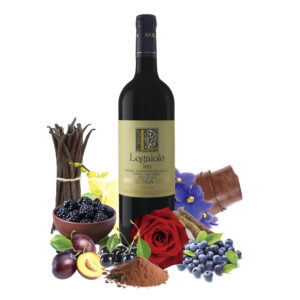
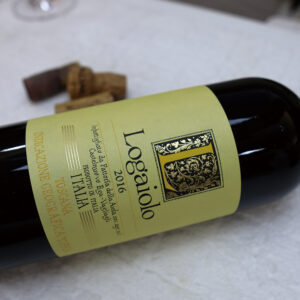
Logaiolo IGT
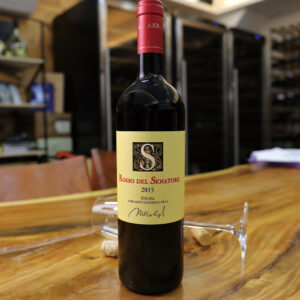
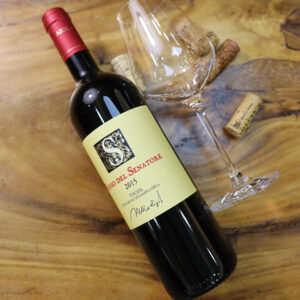
ROSSO del SENATORE 2015 IGT

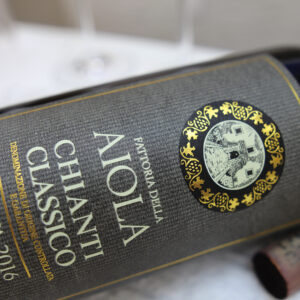

Chianti classico riserva DOCG
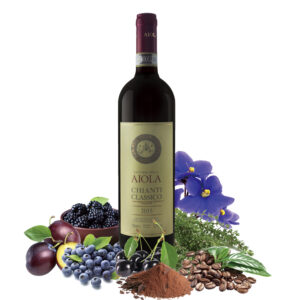
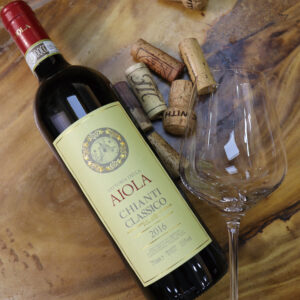
Chianti classico DOCG
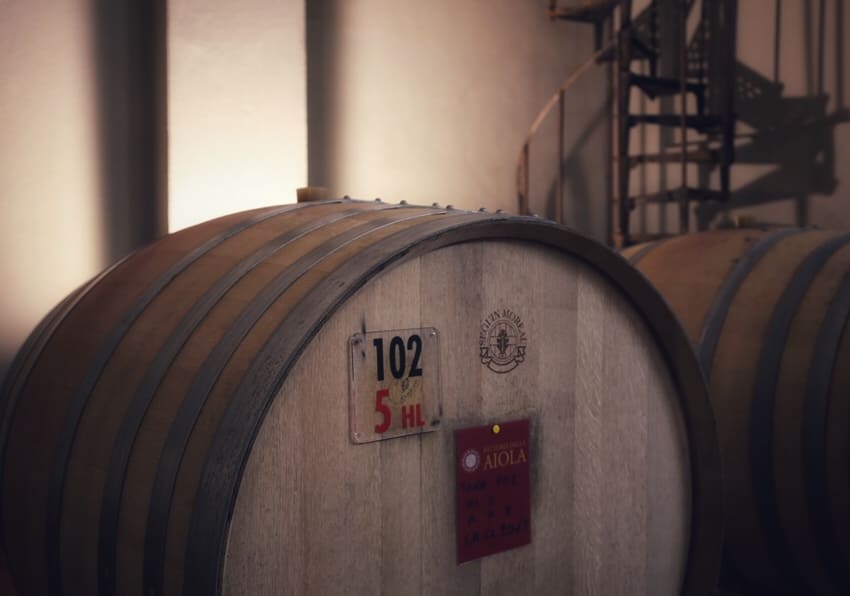

Barrel Aging
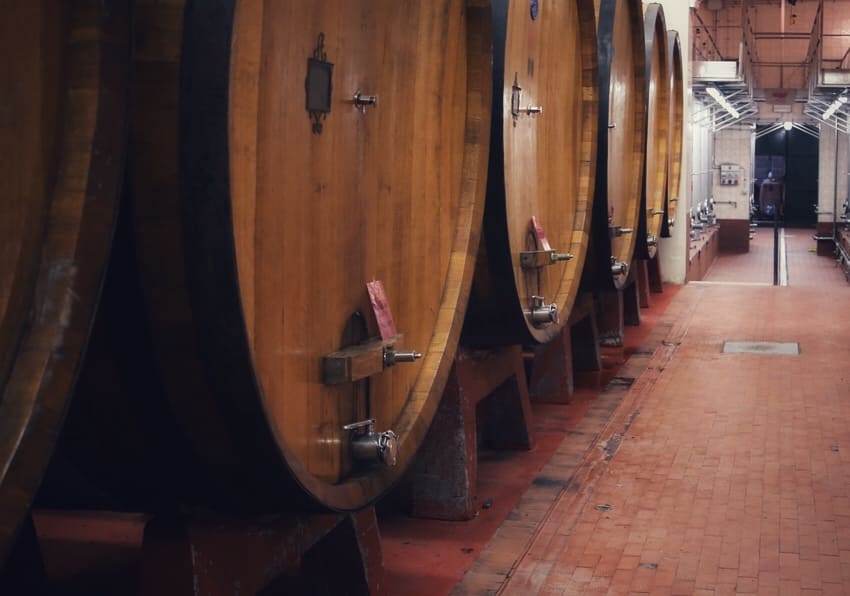

Barrel Aging

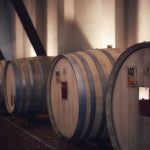
Barrel Aging


Barrel Aging
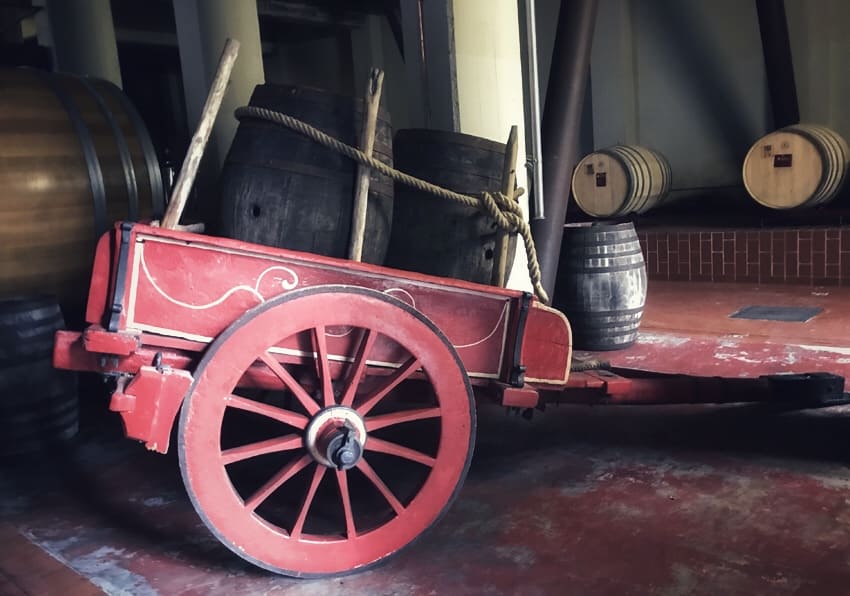

Barrel Aging
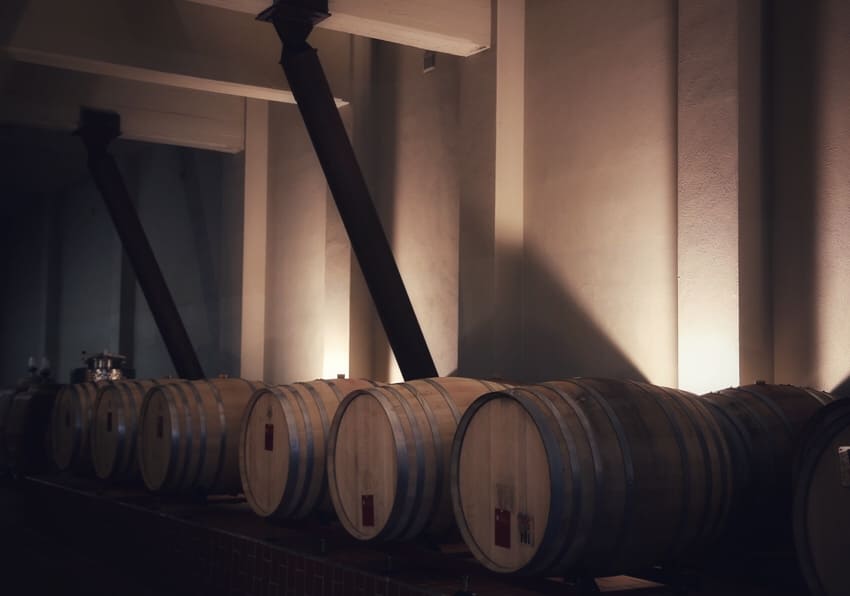

Barrel Aging



